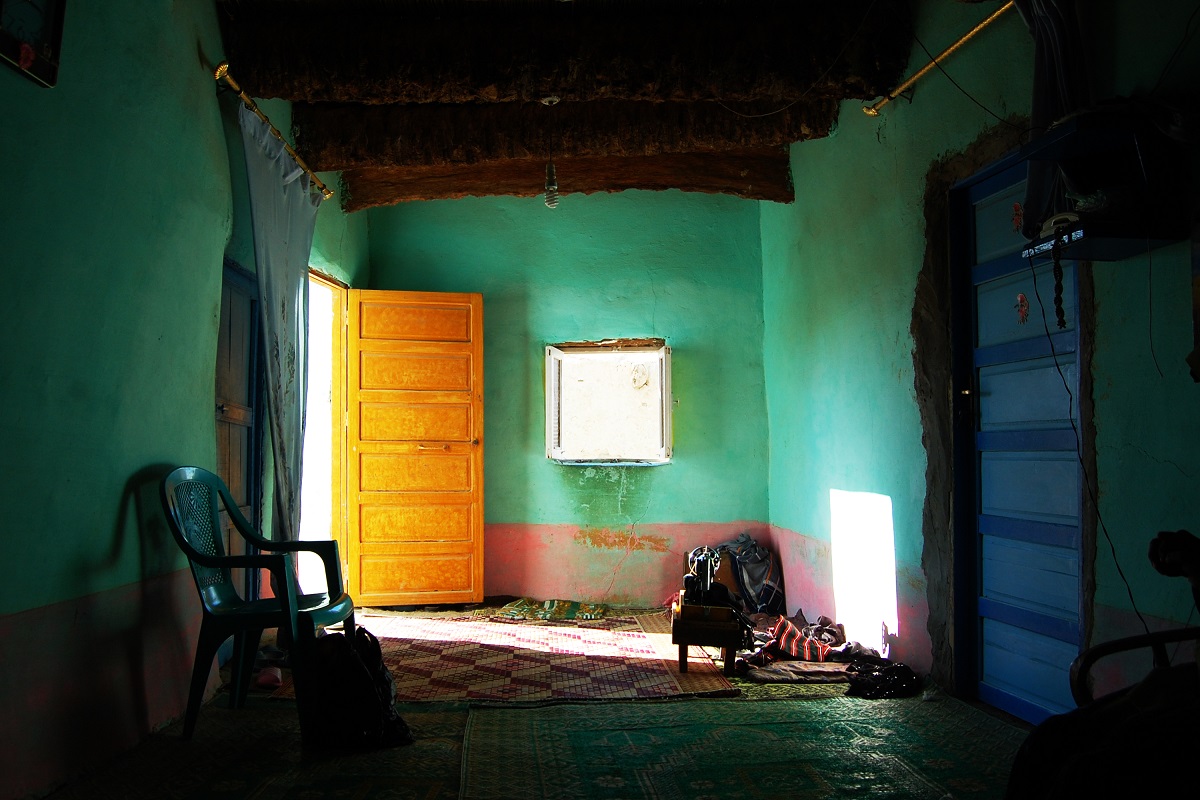
At a time when the forces of globalization are rapidly threatening to sweep away traditional craftmanship and cultural heritage, how does one adopt a sustainable business model that can both protect local artisans and adapt to the realities of an international market economy?
The founders of Byhand African Artisans (BYHAA) describe themselves as an Egyptian-based production company that precisely grapples with such ethical questions; they have actively taken on the challenge of reconciling the wealth and diversity of traditional African craftmanship with the constantly evolving needs and tastes of international consumers.
The company’s name is meant to reflect both its focus on Africa and its artisanal nature: “We make handmade interior with African artisans,” designer Ellen, who founded and runs the company together with her husband Henrik, explains to Egyptian Streets.
BYHAA works with artisans from across North and East Africa and with a whole variety of different materials such as limestone, kilim, alabaster, salt, brass, textile and wood. Their range of products includes bathroom accessories, bedding, candlesticks, furniture, lighting, rugs, tableware and pillows.
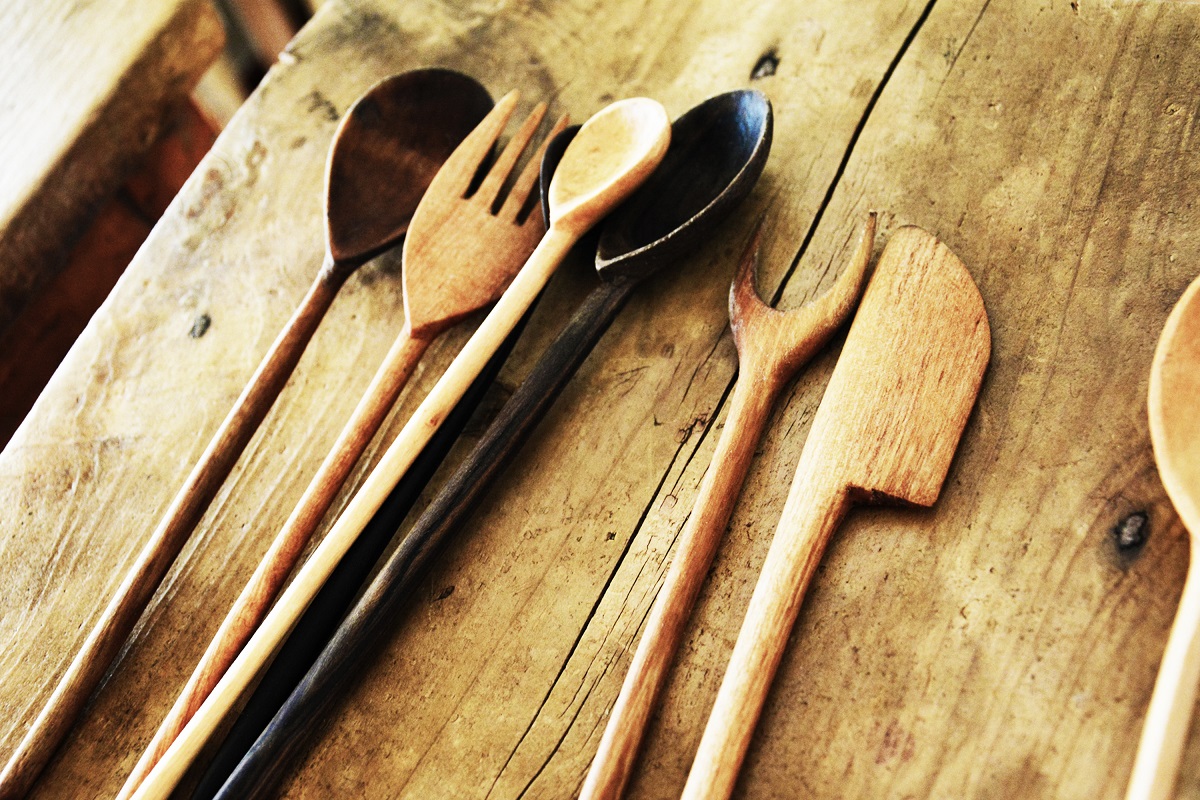
Company Vision: Sustainability and Collaboration
Having accumulated years of experience working in NGO-related projects, the creative minds behind BYHAA sought to come up with a company policy that combines preserving cultural heritage with a broader income-generating and capacity-building aspect.
Consciously diverging from profit-driven motives, the company’s fundamental business model is based on sustainability: “We wanted to prove that a commercial business can be sustainable and ethical,” says Ellen.
They furthermore work to support responsible and independent co-workers, explicitly choosing not to rely on external funding but to make proceeds from the value of work put in as a collective. BYHAA’s ultimate vision is that of a kind of dialogue, a mutually beneficial relationship whereby artisans and designers “keep supporting each other with ideas and lots of patience to get the perfect end result and then together get to marvel at our success from both sides when the finished product can be presented.”
“It is our pride and joy to witness over the years how this vision is coming to life and getting stronger day by day.”
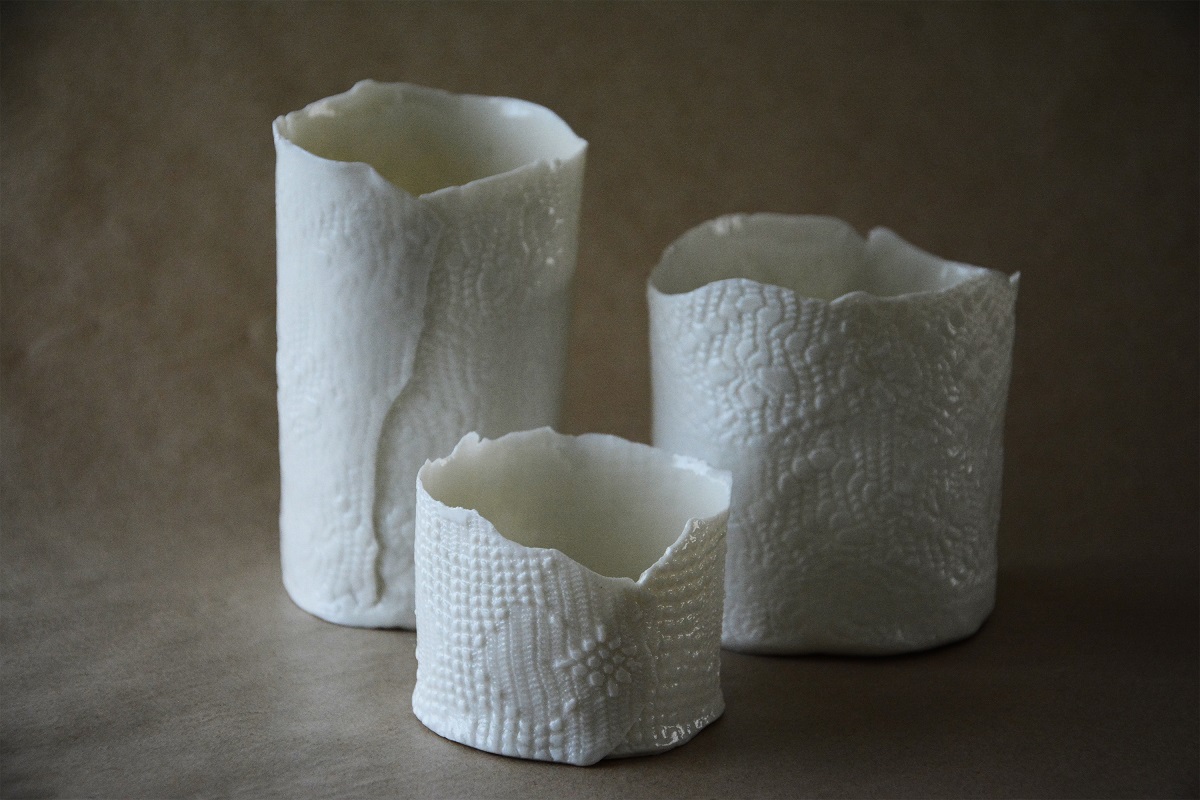
What collaborative work means in practice, we are told, is good communication and a lot of traveling around the country and broader region. “Most artisans are found through research and traveling. We would see something interesting in some shape or form and then try to pursue the artisans behind the work,” explains Ellen
By no means an easy task with an immediate success rate, however, establishing contact with artisans is often met with initial skepticism:
“The hard work and loyalty of an artisan have to be won over time,” Ellen says, emphasizing the importance of building loyalty and trust before achieving durable working relationships – and recognizing that collaborations do not necessarily always end up working out.
“Quite understandable, they need to get to know us and our work ethics before they fully commit. Normally over time these obstacles fall away.”
We are told that sometimes BYHAA’s founders are lucky to find existing cooperatives or families with an understanding of production and the meaning of quality. In other cases, they find ways provide training in business management and quality control, although they generally prefer to work with and slowly develop organic artisanship.
“In the way we deal with the artisan groups, we also try to emphasize their independence. We would rather base our relations to artisans on respect, trust and mutual understanding for business etiquette than enforcing exclusivity.”
Yet refraining from external intervention can also become challenging at times:
“We noticed through our years of working with and for Egyptian companies a tendency to hold on to an archaic way of company structure where hierarchy still, more or less obviously would play a crucial part in the company infrastructure. Being from a very different culture, this way of building and setting up the company did not appeal to us.”
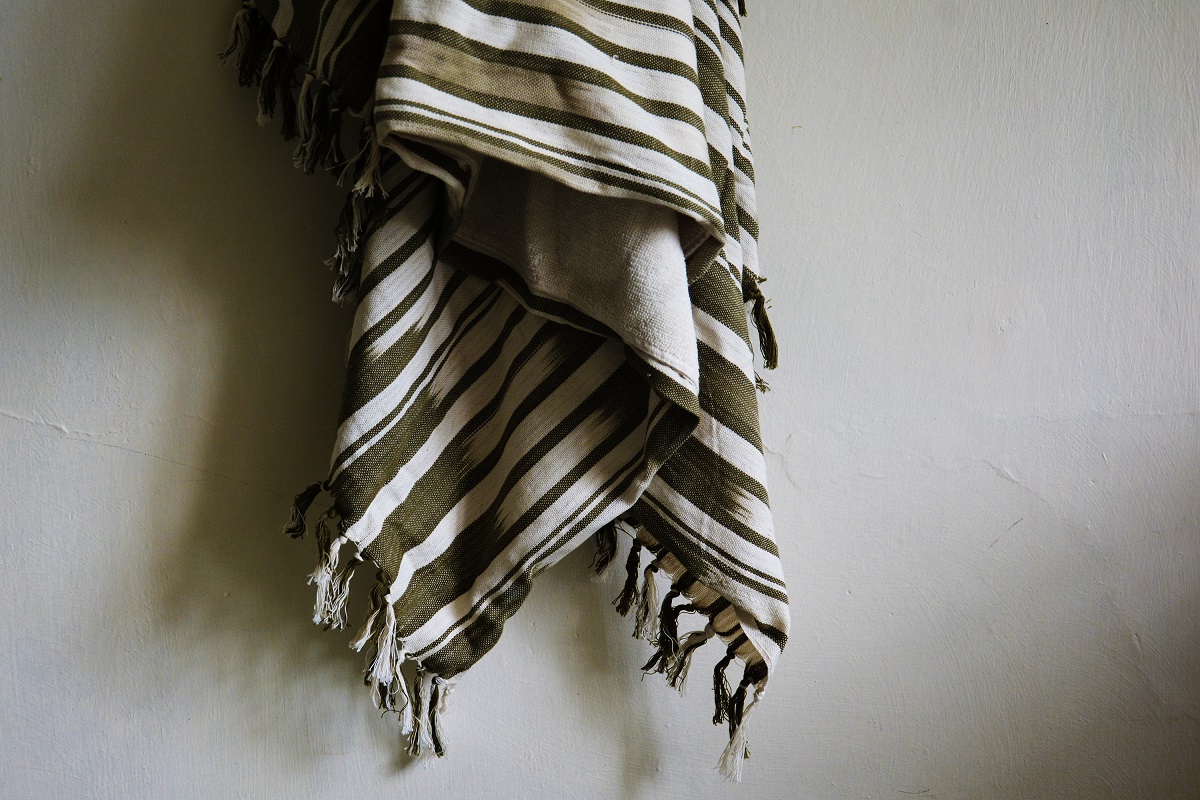
Ultimately, what BYHAA consider the most holistic approach is to join forces with the “few very diligent and hardworking co-workers to work alongside us.”
BYHAA Aesthetics: Different Places, Different Techniques
Why BYHAA’s creative designers specifically settled in Egypt and continue to explore the “vast opportunities” it offers, is almost impossible to describe, we are told.
Yet at the forefront of this enduring affinity for Egyptian culture will always be the love for its people, especially the many artisans encountered around the country, and their diverse handmade crafts, the skills required for which are rooted in generation-long practices.
“The artisans of Egypt represent a very special and proud part of the Egyptian people. Our artisans, even within Egypt come from many different social backgrounds, some are young and first generation in their craft, others come from a long line of craftsmen. But common for them is the ambition to work and the entrepreneurial spirit yet still realistic approach that is sometimes hard to come by in this country.”
Since BYHAA’s designers have Scandinavian roots, the company has always sought to infuse the artisanry encountered locally with a unique slant, that is, their own “sense of aesthetics” with its emphasis on simplicity, which is naturally “quite different than the African,” points out Ellen.
“We feel that simplifying the design is almost always necessary. When you simplify often the nature of the materials get to show up more. The artisans after a while begin to understand our style and taste and this inevitable makes the work easier.”
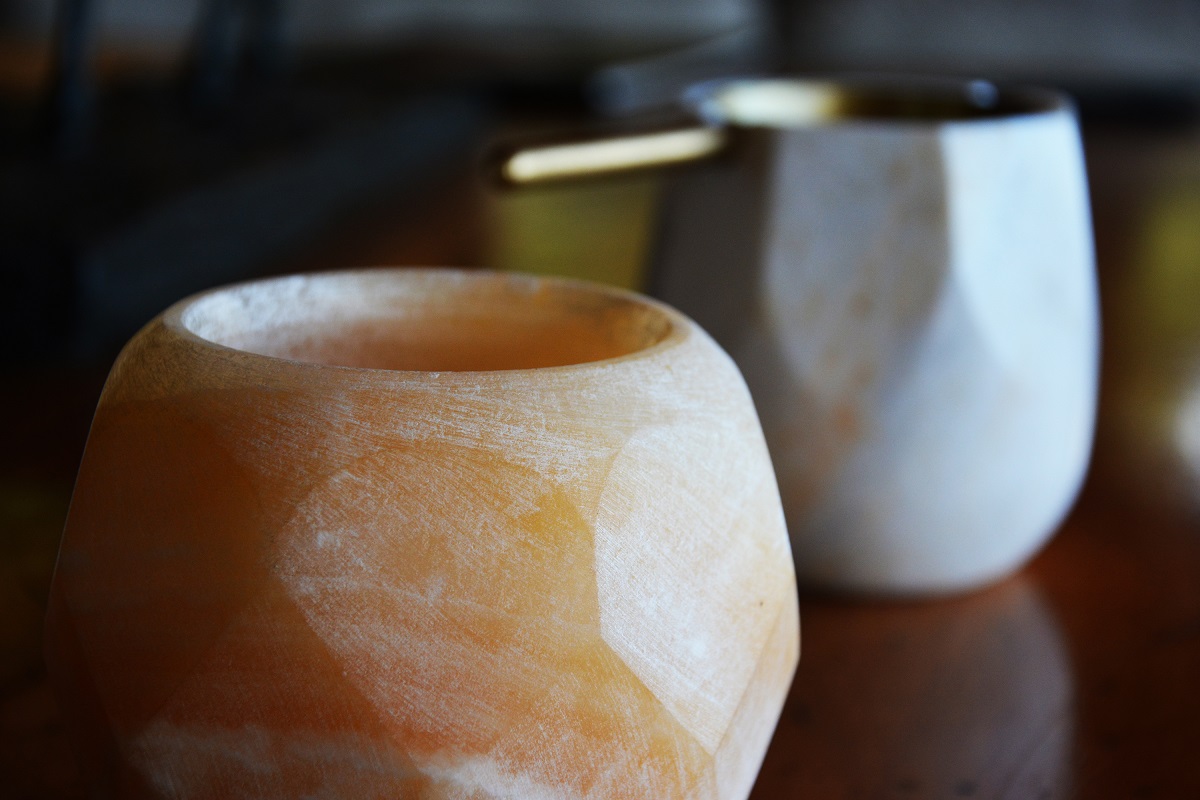
The company currently operates in Kenya and Egypt. Initially ambitious to work across all of East and North Africa, the designers soon came to realize that “in reality, creating the bonds and the connections in each country takes time and lots of effort.”
“Kenya and Egypt have very different histories and the cultural heritage of the two countries – take away colonialism – couldn’t be more different. Mixing the tribal and the Islamic influenced artisanship is very interesting.”
Indeed, in terms of the materials available as well as the types or methods of artisanry, they are generally very area-defined:
“Some areas are known for a special kind of wood carving, often due to local accessibility to raw materials, other areas are known for rug weaving. Often these area definitions go back many generations.”
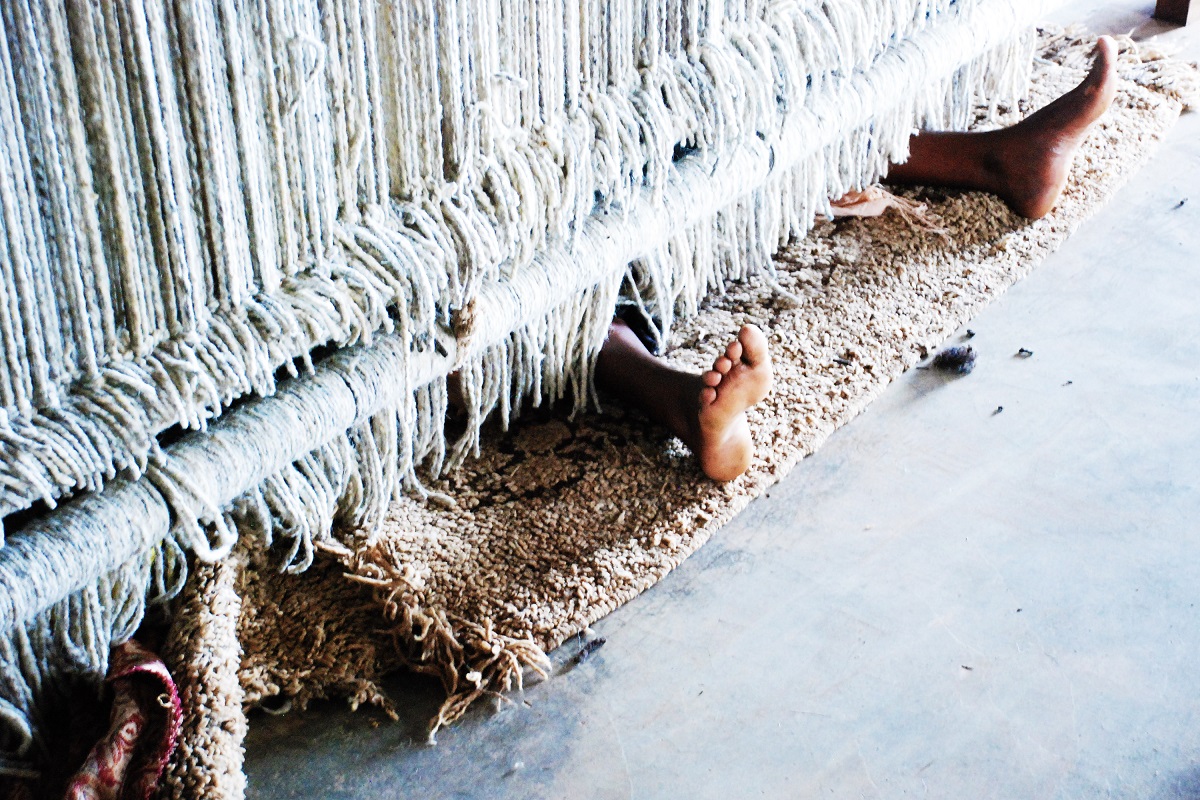
BYHAA sells its products mainly to a European distributor, but the company has also been selling in Egypt for the past two years, with an other collection. In their office in downtown Cairo, they host biannual Open Showroom Day Events “to create a chance for walk in costumers.” With their next event scheduled for November/December, everyone who wants to stay tuned on upcoming events is encouraged to sign up for BYHAA’s newsletter at www.byhandafricanartisans.com





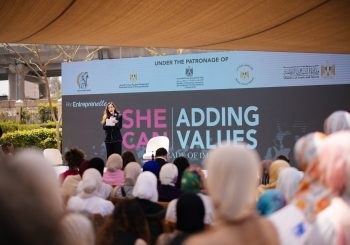

Comments (0)